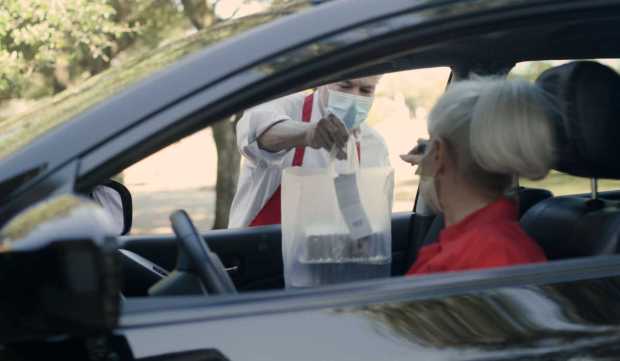Bold Commerce Adds Upsell Opportunities To Curbside Pickup

Ecommerce tech company Bold Commerce has announced a curbside checkout feature for brick-and-mortar or omnichannel retailers, to help out with the loss of revenue from fewer impulse purchases, a press release said.
Called Curb Up, it will offer upsell and cross-sell opportunities after an order is placed and during pickup. It’s supposed to “reimagine the experience” of last-minute product delivery, occurring on a mobile device now, to add more of the old ways for people to buy random things as they check out with a store that they would’ve done in person before recent shifts to digital shopping.
Impulse buying was a big sales-driver for retailers, with shoppers spending $6 billion on items they discovered in the checkout lane in 2021. But curbside pickup and other such services have cut into that.
Because of this, retailers are now trying to get back the same levels of incremental revenue as they take into account customers doing newer “click & collect” options. Curb Up combines the digital approach with in-person shopping, allowing retailers to make recommendations for products for curbside or pickup purchases.
“More than 50% of the top 1000 retail chains now offer curbside pickup to their customers, and this number is likely to continue increasing,” said Yvan Boisjoli, CEO of Bold Commerce. “One of technology’s roles in retail is to enable retailers to adapt quickly to widespread behavioral shifts. With the right checkout infrastructure in place, they’ll be able to do more than preserve the status quo when it comes to revenue generated at checkout; they’ll be able to play a more proactive role in creating net new opportunities for growth.”
Bold Commerce has made some other improvements lately, including when Citcon integrated its unified payments API into Bold’s headless checkout experience, PYMNTS wrote.
Read more: Citcon Integrates With Bold to Enable 150 Payment Methods
The solution will let retailers and direct-to-consumer brands offer over 150 payment methods, using a single integration to let merchants process a wider variety of methods. This will offer merchants a way to serve overseas markets like the Asia-Pacific region and Latin America.
